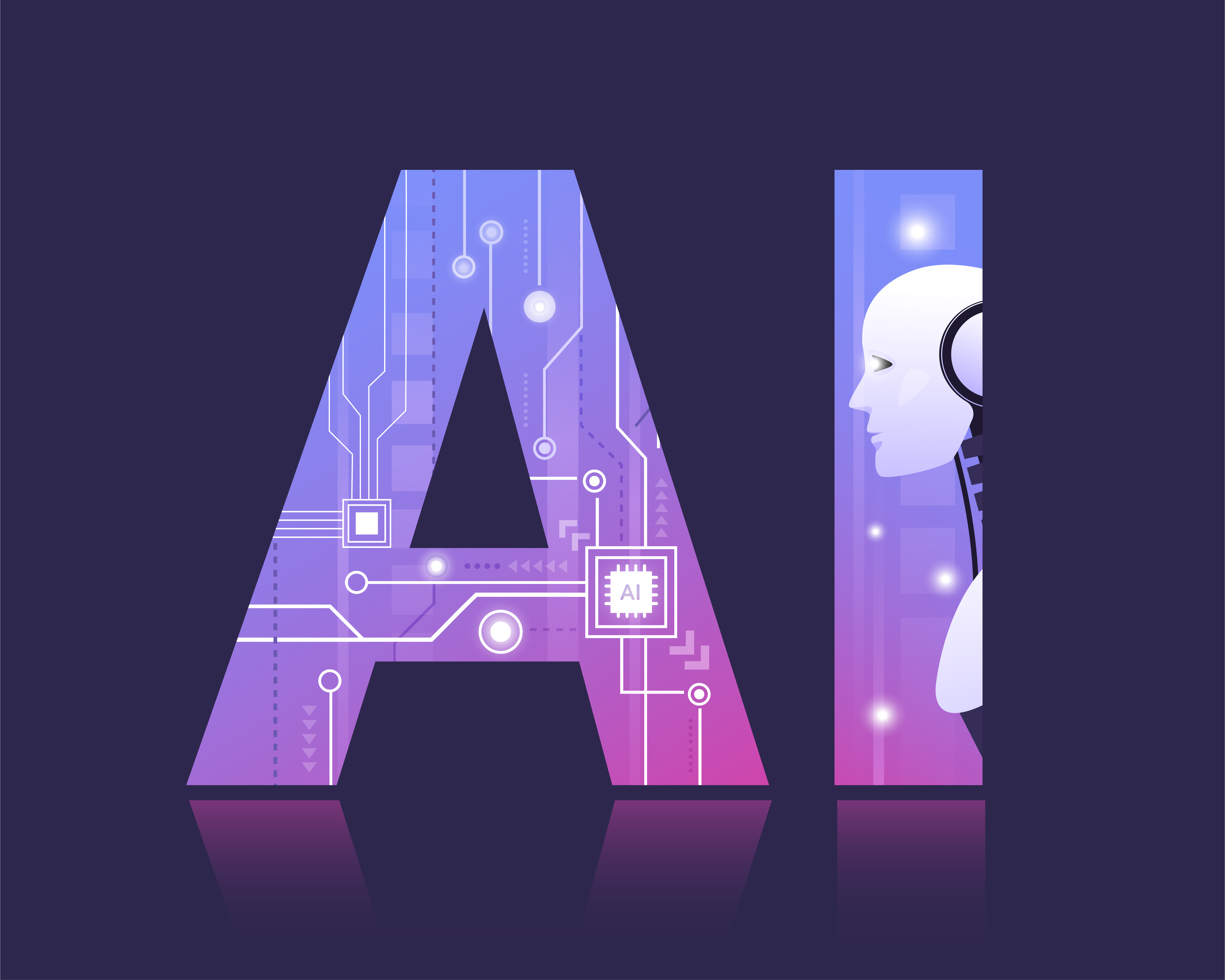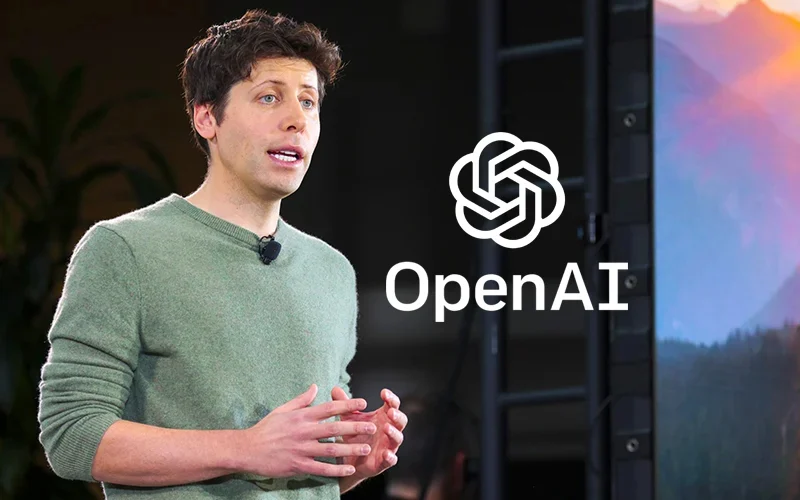Jeff Bezos has acknowledged that an ‘AI bubble’ is underway but believes its long-term impact will be overwhelmingly positive.
Speaking at Italian Tech Week in Turin, the Amazon founder described it as an ‘industrial bubble’ rather than a purely financial.
He argued that the intense competition and heavy investment will ultimately leave society better off, even if many projects fail. ‘When the dust settles and you see who the winners are, societies benefit from those investors,’ he said, adding that the benefits of AI will be ‘gigantic’.
Bezos’s comments come amid surging spending by Big Tech on AI chips and data centres. Citigroup forecasts that investment will exceed $2.8 trillion by 2029.
OpenAI, Meta, Microsoft, Google and others are pouring billions into infrastructure, with projects like OpenAI’s $500 billion Stargate initiative and Meta’s $29 billion capital raise for AI data centres.
Industry leaders, including Sam Altman of OpenAI, warned of an AI bubble. Yet many argue that, unlike the dot-com era, today’s market is anchored by Nvidia and OpenAI, whose products form the backbone of AI development.
The challenge for tech giants will be finding ways to recover vast investments while sustaining rapid growth.
Would you like to learn more about AI, tech and digital diplomacy? If so, ask our Diplo chatbot!










